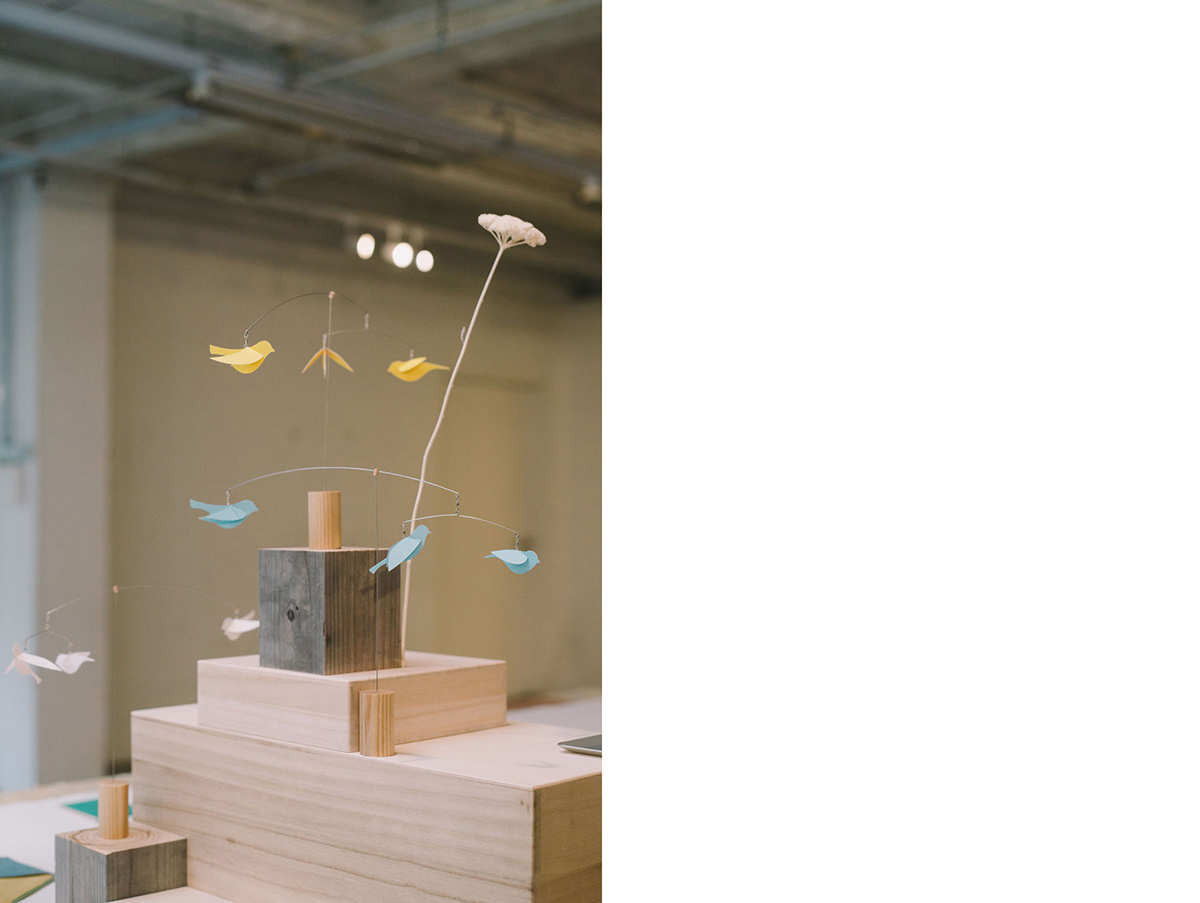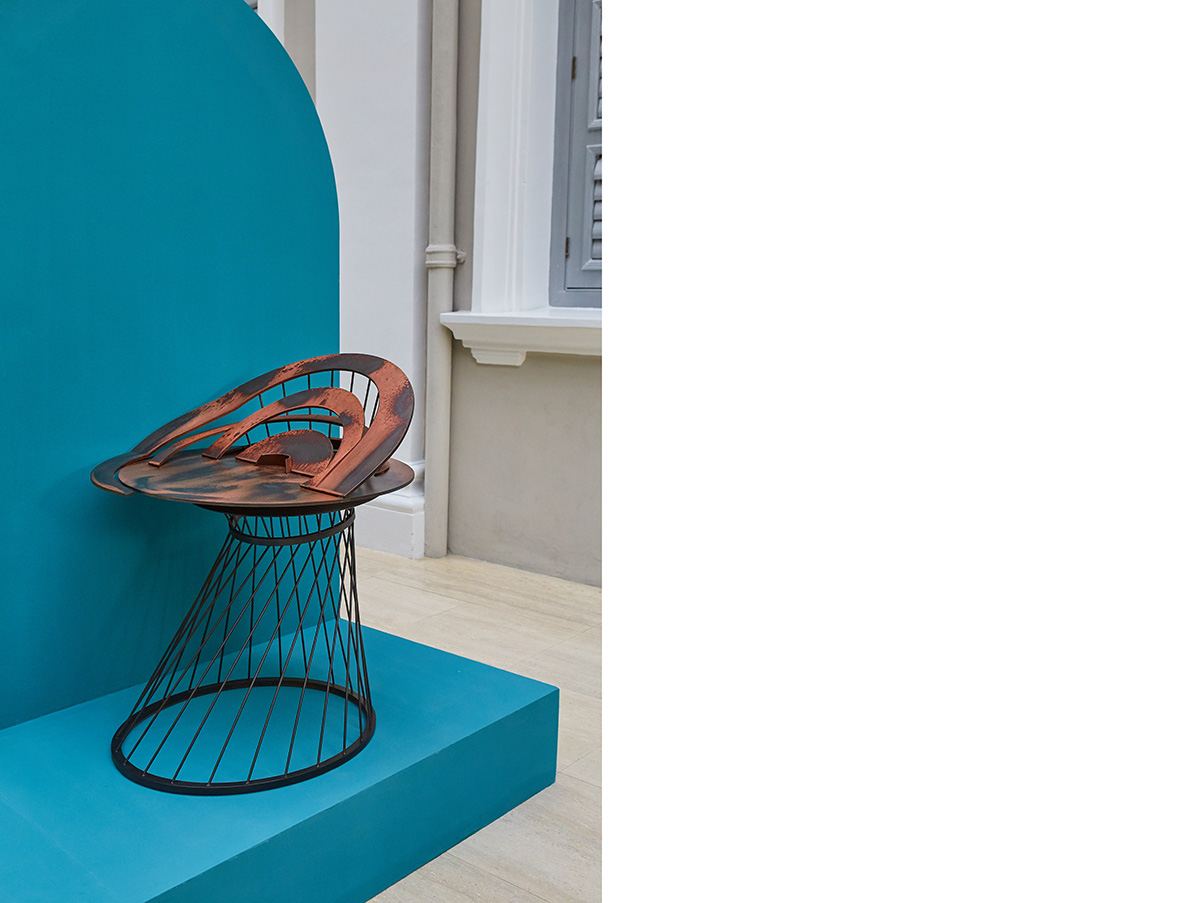We sit down with the homegrown creative agent to find out more about her influences, inspirations and unique approach towards design.
How and where did your interest in design begin?
I have enjoyed expressing myself through drawing since young, and as a kid, I did rudimentary drawings of things that caught my attention that day. I eventually started getting requests from my classmates to draw in their student handbooks and notes, to the point I had a stack on my desk to work on. It felt very satisfying to spread a bit of cheer through translating emotions and study topics into drawings. I then chose to study design right after secondary school, and even though it wasn’t a popular choice then, I felt very assured in my decision.
How would you describe your design philosophy?
I think that design, like a lot of craft, requires the practitioner to be humble and open-minded.
And these are not states or qualities that you achieve permanently, for they are constantly in flux. As designers, I believe that we need to be willing to experience life – to be challenged, disappointed, betrayed, awed and loved – to begin to realise what beauty is to us and that we are just a vessel for collective ideas to be carried through and created.

For Supermama’s KOBO collection, Clara and Japanese brand Mother Tool designed a Sparrow Desk Mobile, which pays homage to the small birds that take refuge in her balcony during the monsoon rains.
Where do you get the inspiration for your designs?
Generally, I’m always on the lookout and observing things around me. There’s a little mental scrapbook where I collect conversations and interactions I have, along with materials, books, colours and music, and I build that vocabulary up over many years. On specific projects, I then funnel the vocabulary down to determine which sources I can draw upon to best inform the entire creation process.
Who are your favourite designers?
At various stages in my life, I find myself admiring different aspects of the same designers or seeking out designers with different philosophies from what I had become familiar with. I really like Thomas Heatherwick’s creative and business approach and process. A recent obsession is Usha Doshi, for her ability to have such a light touch of control over simplicity and such finest at balancing technique and art. I also really appreciate the works and writings of E.A.T. (Experiments in Art and Technology), a 60’s organization that united artists, scientists and engineers to create performance art, theatre, noise music and visual arts, that reconsiders the role of artists in the social development and practice of technology.
Do you have a favourite design medium?
I’m a bit promiscuous in that I enjoy them all tremendously. There’s always something exciting and new to discover or explore. I also love drawing parallels so I find it thrilling when two medium collide and they “mutate”.

For Singapore Design Week 2019, Clara highlighted our modern-day reverence for WiFi by creating Console, which is looked at as an extravagant altar for the router.
What, in your opinion, is good design?
It took me a really long time of working, failing, and observing to answer that for myself. Good design is an elegant marriage of form and function, and like all relationships, built on honesty and the childlike ability to have fun. Having said that, parts of my answer will continue to evolve and change, and it is important to allow that.
How did it feel to be named an honoree of Forbes Asia’s inaugural 30 under 30 list?
It’s been quite a few years now! It is not an easy industry to be in and being entrepreneurs in design is extremely challenging, to say the least, so I am really grateful for all the support I have received from the people around me.



